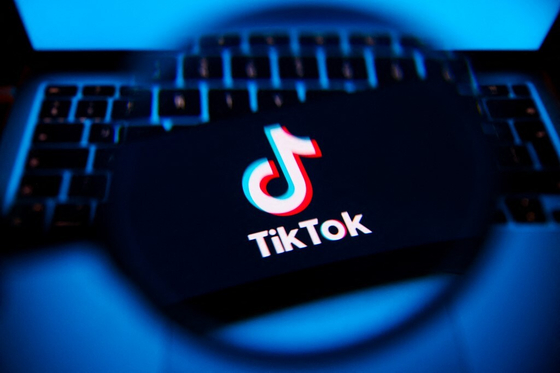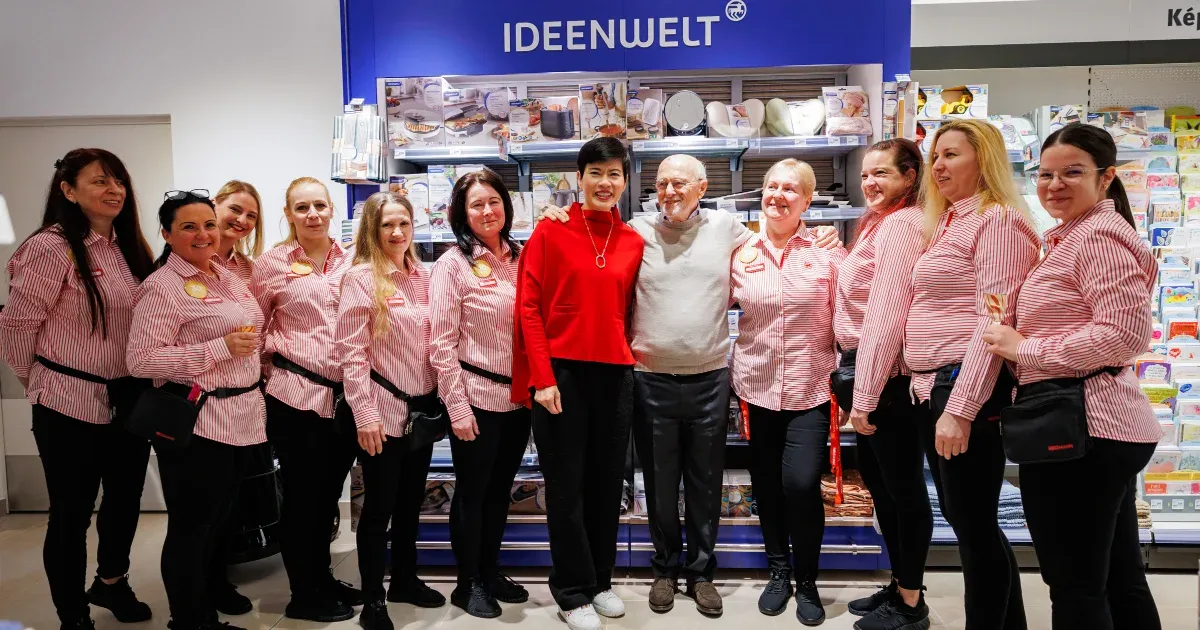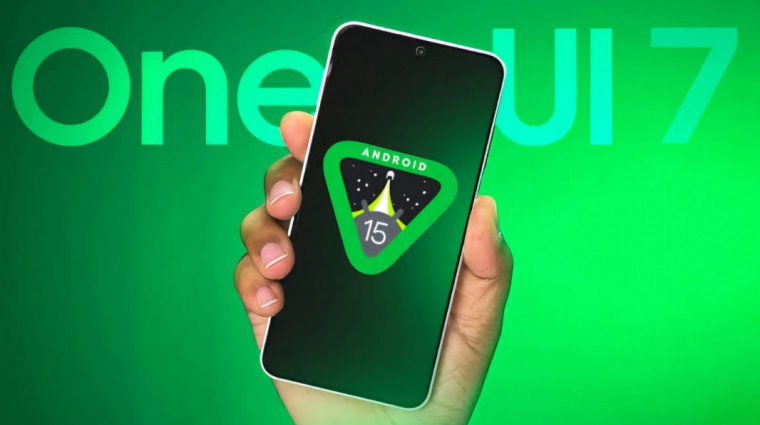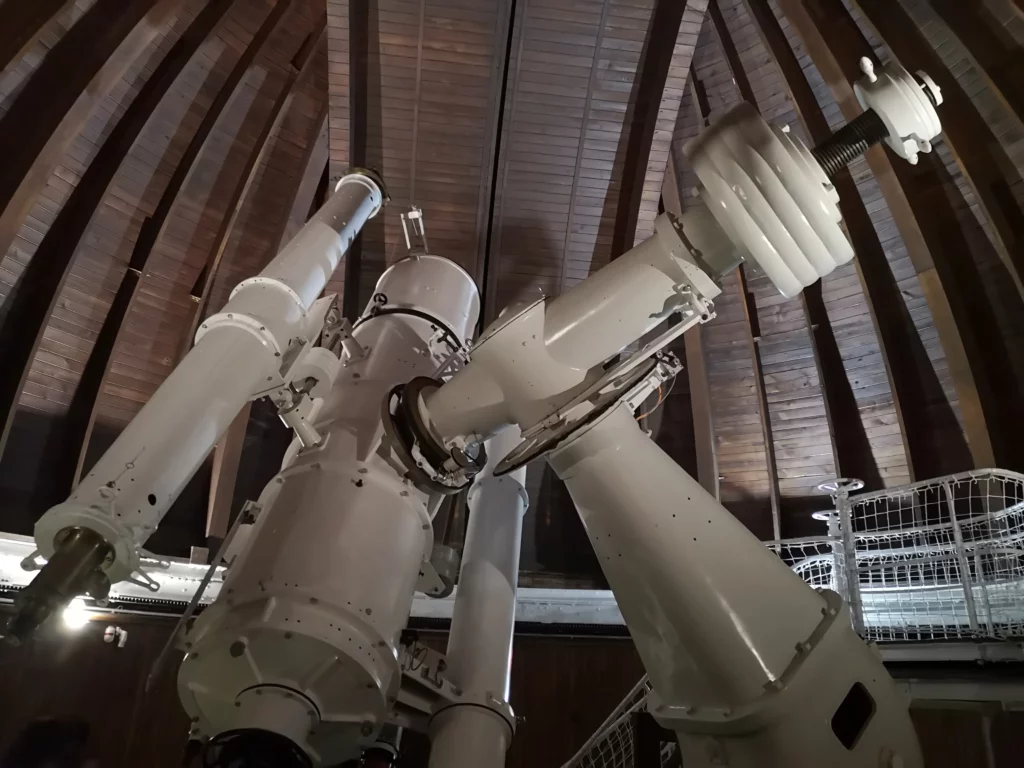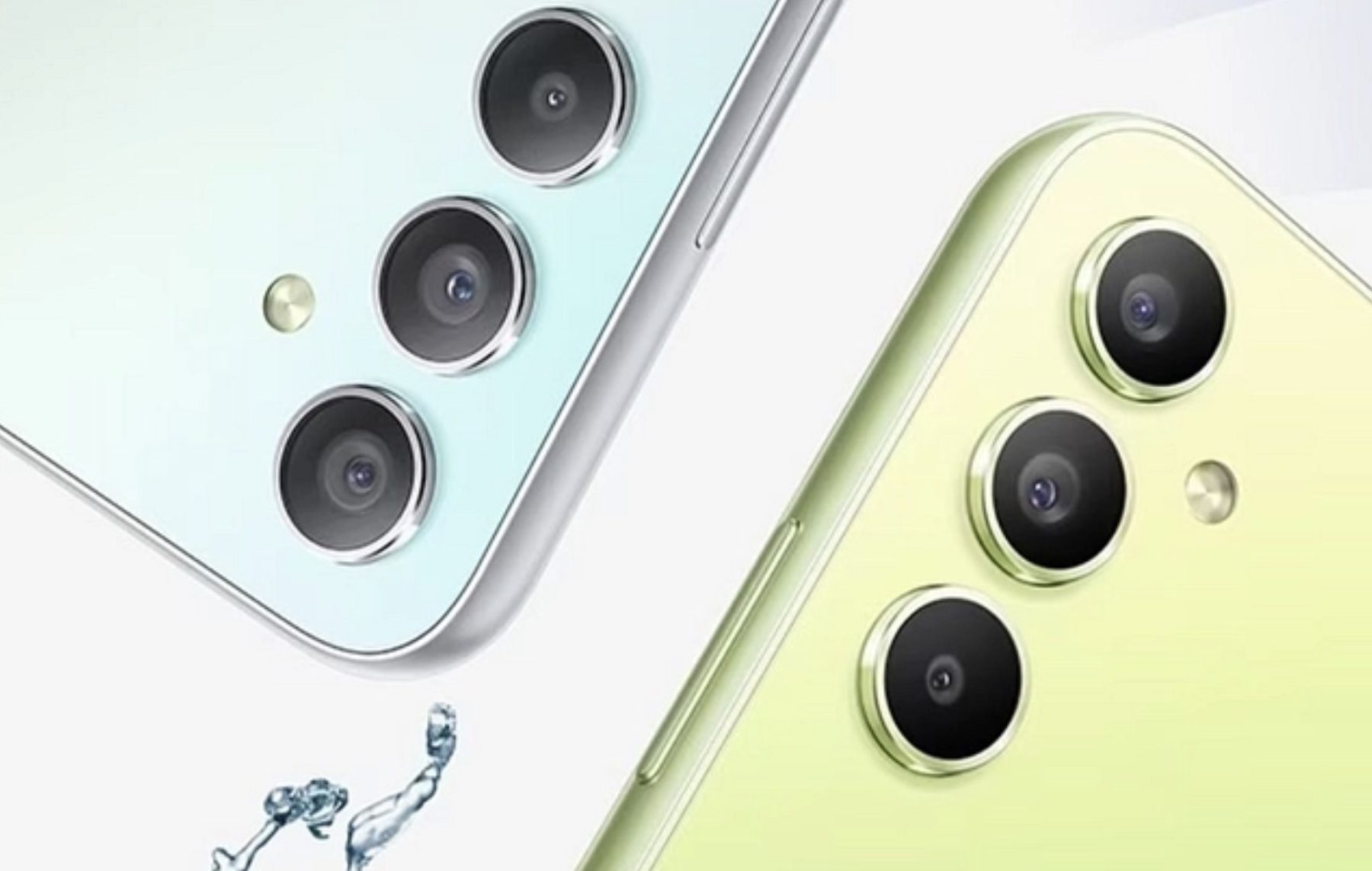[{“available”:true,”c_guid”:”0f63079f-5190-4afc-944d-a7476c4b8b1c”,”c_author”:”hvg.hu”,”category”:”vilag”,”description”:”Állítólag Szurovikin és felesége látható a fényképen, amely hétfő óta terjed a közösségi médiában.”,”shortLead”:”Állítólag Szurovikin és felesége látható a fényképen, amely hétfő óta terjed a közösségi médiában.”,”id”:”20230905_Ugy_tunik_elokerult_Szergej_Szurovikin_vagyis_Armageddon_tabornok”,”image”:”https://api.hvg.hu/Img/ffdb5e3a-e632-4abc-b367-3d9b3bb5573b/0f63079f-5190-4afc-944d-a7476c4b8b1c.jpg”,”index”:0,”item”:”9dc4a5ef-626d-4417-a8bf-aa53ba55a430″,”keywords”:null,”link”:”/vilag/20230905_Ugy_tunik_elokerult_Szergej_Szurovikin_vagyis_Armageddon_tabornok”,”timestamp”:”2023. szeptember. 05. 09:24″,”title”:”Egy fotó alapján úgy tűnik, Szergej Szurovikin, vagyis „Armageddon tábornok\” épségben van”,”trackingCode”:”RELATED”,”c_isbrandchannel”:false,”c_isbrandcontent”:false,”c_isbrandstory”:false,”c_isbrandcontentorbrandstory”:false,”c_isbranded”:false,”c_ishvg360article”:false,”c_partnername”:null,”c_partnerlogo”:”00000000-0000-0000-0000-000000000000″,”c_partnertag”:null},{“available”:true,”c_guid”:”0de39d2d-3f41-43fe-9974-ab60bfe9cc1a”,”c_author”:”HVG”,”category”:”360″,”description”:”Európában a személyautók immár 7 országban használhatják fizetés nélkül az autópályákat. A magyar matricák uniós összehasonlításban is sokba kerülnek, de a sztrádahasználat messze a fizetőkapus országokban a legdrágább.”,”shortLead”:”Európában a személyautók immár 7 országban használhatják fizetés nélkül az autópályákat. A magyar matricák uniós…”,”id”:”20230905_hvg_auto_kozlekedes_sztradadijak_autopalya_matrica_megyei_matrica_rafizetos_kontra_ingyenes_utak”,”image”:”https://api.hvg.hu/Img/ffdb5e3a-e632-4abc-b367-3d9b3bb5573b/0de39d2d-3f41-43fe-9974-ab60bfe9cc1a.jpg”,”index”:0,”item”:”2a36db16-649a-4c48-aa68-c32d77617456″,”keywords”:null,”link”:”/360/20230905_hvg_auto_kozlekedes_sztradadijak_autopalya_matrica_megyei_matrica_rafizetos_kontra_ingyenes_utak”,”timestamp”:”2023. szeptember. 05. 13:10″,”title”:”Tovább drágulnak a hazai pályamatricák, miközben a lengyelek most tették ingyenessé a sztrádákat”,”trackingCode”:”RELATED”,”c_isbrandchannel”:false,”c_isbrandcontent”:false,”c_isbrandstory”:false,”c_isbrandcontentorbrandstory”:false,”c_isbranded”:false,”c_ishvg360article”:true,”c_partnername”:null,”c_partnerlogo”:”00000000-0000-0000-0000-000000000000″,”c_partnertag”:null},{“available”:true,”c_guid”:”3fbb9fb9-a2e7-4636-80bc-2cfd0709c4e7″,”c_author”:”hvg.hu”,”category”:”elet”,”description”:”Az Edda énekese „összerázkódott, és tetőtől talpig borzongott a boldogságtól”, amikor megkapta a sajátos elismerést.”,”shortLead”:”Az Edda énekese „összerázkódott, és tetőtől talpig borzongott a boldogságtól”, amikor megkapta a sajátos elismerést.”,”id”:”20230906_Tiszteletbeli_szekellye_avattak_Pataky_Attilat”,”image”:”https://api.hvg.hu/Img/ffdb5e3a-e632-4abc-b367-3d9b3bb5573b/3fbb9fb9-a2e7-4636-80bc-2cfd0709c4e7.jpg”,”index”:0,”item”:”ed100461-3f96-45ab-b418-3aee807d5204″,”keywords”:null,”link”:”/elet/20230906_Tiszteletbeli_szekellye_avattak_Pataky_Attilat”,”timestamp”:”2023. szeptember. 06. 15:02″,”title”:”Tiszteletbeli székellyé avatták Pataky Attilát”,”trackingCode”:”RELATED”,”c_isbrandchannel”:false,”c_isbrandcontent”:false,”c_isbrandstory”:false,”c_isbrandcontentorbrandstory”:false,”c_isbranded”:false,”c_ishvg360article”:false,”c_partnername”:null,”c_partnerlogo”:”00000000-0000-0000-0000-000000000000″,”c_partnertag”:null},{“available”:true,”c_guid”:”693c2f70-a264-49a3-a349-4ae91bb5b6ea”,”c_author”:”hvg.hu”,”category”:”itthon”,”description”:”Állítólag lassan fél éve tart a nyomozás.”,”shortLead”:”Állítólag lassan fél éve tart a nyomozás.”,”id”:”20230905_Blikk_Internetes_csalok_aldozata_lett_Gattyan_Gyorgy_50_milliot_emeltek_le_a_szamlajarol”,”image”:”https://api.hvg.hu/Img/ffdb5e3a-e632-4abc-b367-3d9b3bb5573b/693c2f70-a264-49a3-a349-4ae91bb5b6ea.jpg”,”index”:0,”item”:”32a4d90c-0651-4966-bf82-7bbab199533d”,”keywords”:null,”link”:”/itthon/20230905_Blikk_Internetes_csalok_aldozata_lett_Gattyan_Gyorgy_50_milliot_emeltek_le_a_szamlajarol”,”timestamp”:”2023. szeptember. 05. 05:36″,”title”:”Blikk: Internetes csalók áldozata lett Gattyán György, 50 milliót emeltek le a számlájáról”,”trackingCode”:”RELATED”,”c_isbrandchannel”:false,”c_isbrandcontent”:false,”c_isbrandstory”:false,”c_isbrandcontentorbrandstory”:false,”c_isbranded”:false,”c_ishvg360article”:false,”c_partnername”:null,”c_partnerlogo”:”00000000-0000-0000-0000-000000000000″,”c_partnertag”:null},{“available”:true,”c_guid”:”ea638a23-12f6-4ed0-9c3f-a413c3214b05″,”c_author”:”hvg.hu”,”category”:”tudomany”,”description”:”Berillium, lantán és urán is van azokban a fémdarabkákban, amelyek az IM1 nevű meteoritból származnak.”,”shortLead”:”Berillium, lantán és urán is van azokban a fémdarabkákban, amelyek az IM1 nevű meteoritból származnak.”,”id”:”20230905_meteorit_csillagkozi_objektum_im1_fem_csillagkozi_ur_avi_loeb”,”image”:”https://api.hvg.hu/Img/ffdb5e3a-e632-4abc-b367-3d9b3bb5573b/ea638a23-12f6-4ed0-9c3f-a413c3214b05.jpg”,”index”:0,”item”:”9d4f11fc-d606-4c66-a0f8-13bd78821de2″,”keywords”:null,”link”:”/tudomany/20230905_meteorit_csillagkozi_objektum_im1_fem_csillagkozi_ur_avi_loeb”,”timestamp”:”2023. szeptember. 05. 22:03″,”title”:”Harvardi professzor: 100+ fémdarabot találtak a Csendes-óceánban, melyek a Naprendszeren kívülről kerültek a Földre”,”trackingCode”:”RELATED”,”c_isbrandchannel”:false,”c_isbrandcontent”:false,”c_isbrandstory”:false,”c_isbrandcontentorbrandstory”:false,”c_isbranded”:false,”c_ishvg360article”:false,”c_partnername”:null,”c_partnerlogo”:”00000000-0000-0000-0000-000000000000″,”c_partnertag”:null},{“available”:true,”c_guid”:”b49e9482-ca4d-42f3-a7ef-9e0698a2f373″,”c_author”:”HVG”,”category”:”360″,”description”:”Az új, vezeték nélküli vasúti kommunikációs rendszer kiépítése késik, így kifutott az uniós támogatáshoz szükséges határidőből. Ez nem jelenti azt, hogy nem lesz rá pénz. “,”shortLead”:”Az új, vezeték nélküli vasúti kommunikációs rendszer kiépítése késik, így kifutott az uniós támogatáshoz szükséges…”,”id”:”20230906_hvg_rkord_unios_forrasvesztes”,”image”:”https://api.hvg.hu/Img/ffdb5e3a-e632-4abc-b367-3d9b3bb5573b/b49e9482-ca4d-42f3-a7ef-9e0698a2f373.jpg”,”index”:0,”item”:”81af4167-85c9-4ef9-9a07-50acf7edb41d”,”keywords”:null,”link”:”/360/20230906_hvg_rkord_unios_forrasvesztes”,”timestamp”:”2023. szeptember. 06. 14:00″,”title”:”Mészárosék buktak 45 milliárdnyi EU-pénzt, a kormány megvigasztalja őket”,”trackingCode”:”RELATED”,”c_isbrandchannel”:false,”c_isbrandcontent”:false,”c_isbrandstory”:false,”c_isbrandcontentorbrandstory”:false,”c_isbranded”:false,”c_ishvg360article”:true,”c_partnername”:null,”c_partnerlogo”:”00000000-0000-0000-0000-000000000000″,”c_partnertag”:null},{“available”:true,”c_guid”:”aa7a4bdf-3c4c-4547-8057-28d1d05c5671″,”c_author”:”hvg.hu/MTI”,”category”:”itthon”,”description”:”A MÁV figyelmeztet, hogy a műszaki mentés elhúzódhat.”,”shortLead”:”A MÁV figyelmeztet, hogy a műszaki mentés elhúzódhat.”,”id”:”20230906_Kisiklott_egy_vonat_Mezohegyesnel”,”image”:”https://api.hvg.hu/Img/ffdb5e3a-e632-4abc-b367-3d9b3bb5573b/aa7a4bdf-3c4c-4547-8057-28d1d05c5671.jpg”,”index”:0,”item”:”5858e289-047f-46ef-abe7-869d250d9398″,”keywords”:null,”link”:”/itthon/20230906_Kisiklott_egy_vonat_Mezohegyesnel”,”timestamp”:”2023. szeptember. 06. 12:52″,”title”:”Baleset miatt kisiklott egy vonat Mezőhegyesnél”,”trackingCode”:”RELATED”,”c_isbrandchannel”:false,”c_isbrandcontent”:false,”c_isbrandstory”:false,”c_isbrandcontentorbrandstory”:false,”c_isbranded”:false,”c_ishvg360article”:false,”c_partnername”:null,”c_partnerlogo”:”00000000-0000-0000-0000-000000000000″,”c_partnertag”:null},{“available”:true,”c_guid”:”8e5186f3-7747-4bd3-b305-165467526617″,”c_author”:”MTI”,”category”:”tudomany”,”description”:”Két drón segítségével követték a 278 tagú ménes minden egyedének mozgását.”,”shortLead”:”Két drón segítségével követték a 278 tagú ménes minden egyedének mozgását.”,”id”:”20230905_vadlovak_Hortobagy_Hortobagyi_Nemzeti_Park_Debreceni_Egyetem_ELTE_Przewalskilo_menes_szocialis_rendszer_kutatok”,”image”:”https://api.hvg.hu/Img/ffdb5e3a-e632-4abc-b367-3d9b3bb5573b/8e5186f3-7747-4bd3-b305-165467526617.jpg”,”index”:0,”item”:”b2f2d01a-3d1e-4a2a-a155-24713e3f6b0f”,”keywords”:null,”link”:”/tudomany/20230905_vadlovak_Hortobagy_Hortobagyi_Nemzeti_Park_Debreceni_Egyetem_ELTE_Przewalskilo_menes_szocialis_rendszer_kutatok”,”timestamp”:”2023. szeptember. 05. 21:06″,”title”:”Drónokkal vizsgálták a vadlovak összetett társadalmát magyar kutatók”,”trackingCode”:”RELATED”,”c_isbrandchannel”:false,”c_isbrandcontent”:false,”c_isbrandstory”:false,”c_isbrandcontentorbrandstory”:false,”c_isbranded”:false,”c_ishvg360article”:false,”c_partnername”:null,”c_partnerlogo”:”00000000-0000-0000-0000-000000000000″,”c_partnertag”:null}]

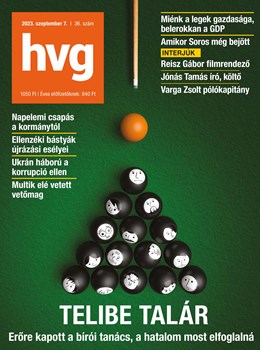
Depending on your membership level, we offer, among others:
- We send you an exclusive weekly digest of interesting things in the world;
- You can gain an insight into HVG’s work, and you can meet our authors;
- You can participate in premieres of the latest films, in various events;
- You can buy HVG books and publications at a discount;
- You can read hvg360 digital news magazine.
We recommend it from the first page













